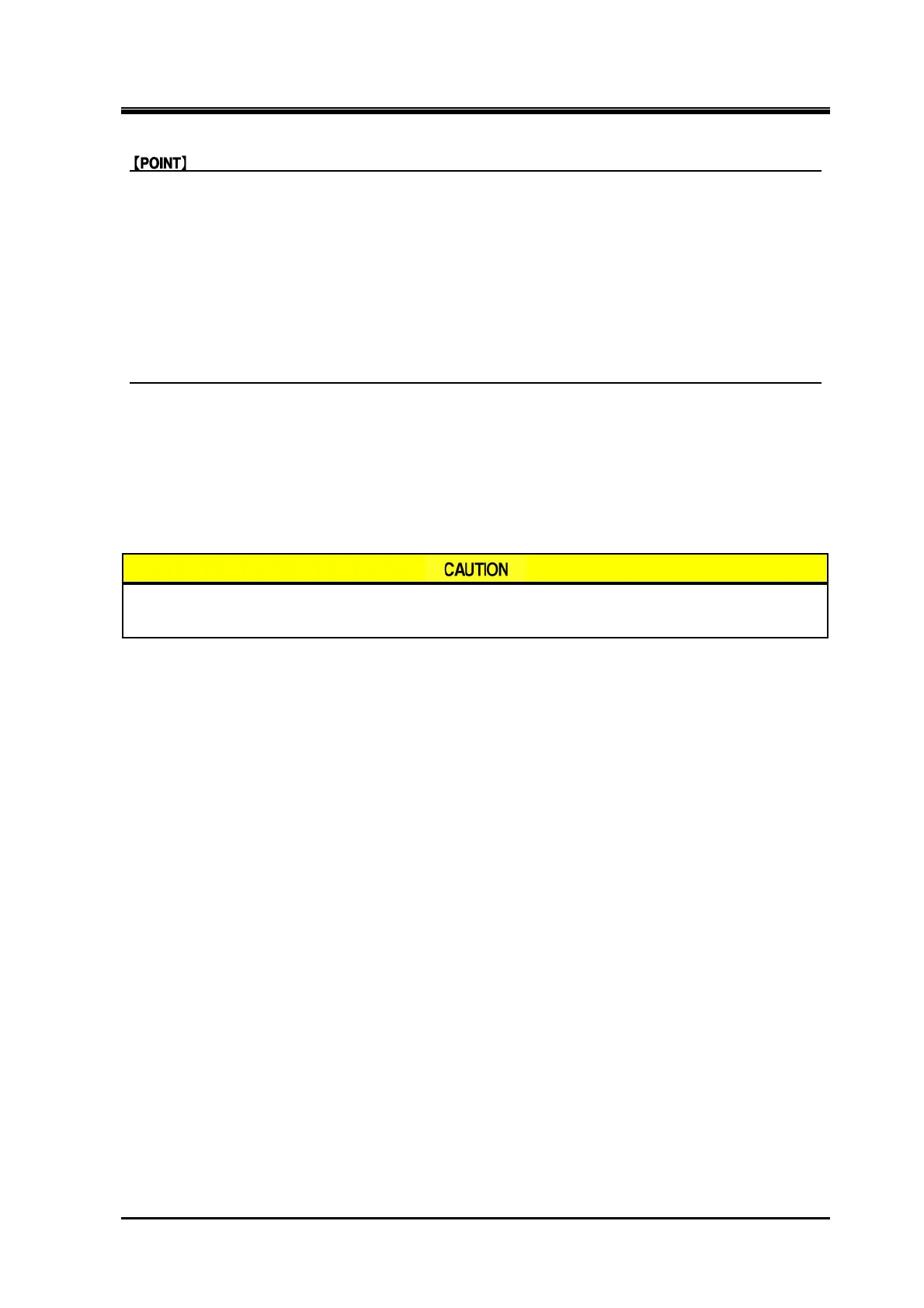2205B0JE-DA-J-N_2014.05.
3 Installation
Screw Compressor J-series 3.2 Installation Work
3-5
When installing the compressor to the motor spacer, always use stud bolts.
Do not hammer in the parallel pins while there are gaps between the flanges or the flanges are
inclined. Make sure that the flanges are in close contact with each other and are aligned in height
before hammering in the parallel pins.
When there is a gap between a compressor and a base and the compressor is fixed with bolts without
adjusting height using liner, deformation may cause misalignment between the compressor and the
motor center.
Other than the compressor accuracy and the deformation stated above there may be misalignment
caused by the motor accuracy. It is recommended that couplings used should have the misalignment
tolerance of more than 0.2mm.
For the installation of compressor and motor at unit manufacturing, refer to the appendix in this manual.
280J-Series
The 280J-series is not designed to be coupled with a flange motor. Fix the compressor to the
package frame, and perform the standard centering operation by using the adjusting bolts in the
base on the motor side.
Excessive misalignment increases shaft seal leakage and vibration/noise of the
compressor. Correct misalignment so that couplings stay in the tolerable range.
3.2.5.2 Piping
Refrigerant Piping
When constructing the refrigerant piping, follow the instructions below.
The compressor is one of the few equipments with moving components in refrigerating, cold
storage, and air conditioning packages. The moving components are adversely affected by
foreign substances within the system (scale, dust, spatter). Therefore when constructing the
piping, make sure that no such foreign substances enter the piping.
The compressor is sealed with nitrogen gas before shipment to prevent internal rust. Before
removing the flange of the compressor, make sure to purge/bleed the nitrogen gas from the
attached valve on the compressor.
Any moisture in the piping will cause problems when operating the compressor. When
constructing the piping, make sure that all components are free of moisture.
Inappropriate piping construction may cause operating problems such as lubricant not
returning to compressor or liquid flowing back to the compressor.
When constructing the piping to the compressor, use a pipe with the same diameter as the
compressor connection port. If the pipe size is smaller than the compressor connecting port,
the lubricant or refrigerant flow may be reduced, resulting in operating problems.
When constructing the piping for the compressor, execute piping supports at appropriate
positions so that excessive force is not applied to the compressor flange or connecting port.
When performing welding work, make sure to disconnect wiring described below. If welding
work is performed with wiring connected, the compressor parts may be damaged.
1) Wirings of the capacity control and potentiometer for Vi changing
2) Wirings of the solenoid valves for 170J/220J
